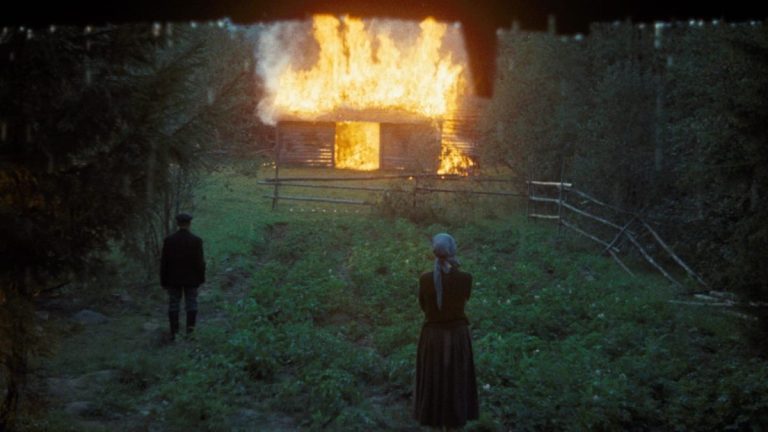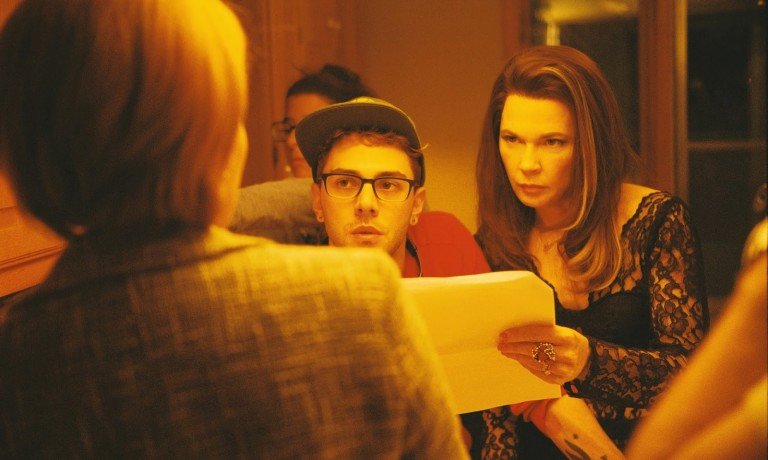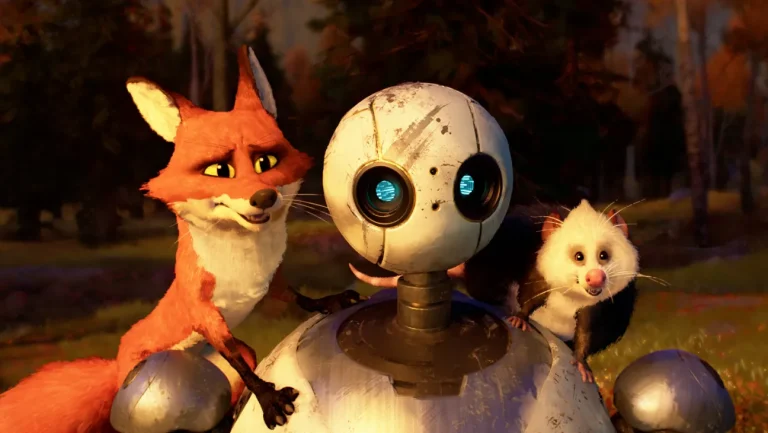Karan Tejpal’s “Stolen” (2025), backed by Anurag Kashyap, Gaurav Dhingra, Kiran Rao, Nikhil Advani, and Vikramaditya Motwane, is a scintillating look into what Vir Das has popularised as ‘Two Indias’.
As I watched the end credits of “Stolen” roll, I screamed internally, ‘This is one of the most important films made about the current state of our country in the last decade.’ This also shows that in the last decade, how sorry has been the state of Bollywood that you cannot recall any other Bollywood film that exposes the horrors of fake news apart from Sudhir Mishra’s “Afwaah” (2023). The other Bollywood movie that comes in close comparison to “Stolen” is “NH-10” (2015); coincidentally, released exactly a decade ago.
But “NH-10” or “Afwaah” were good films trying to fit into the Bollywood template. “Stolen” does not do that. Yet, while watching “Stolen,” I said to myself, This can’t happen. People are not so good. It is at this point that you take the line ‘Inspired by Real Events’ even more seriously. Although the movie is based on the 2018 Karbi Anglong Lynching Case, what debutant Karan Tejpal has beautifully managed to do is not to drive home the truth, but in the garb of ‘realistic storytelling’ give us a version of what the truth can be if the TWO INDIAS meet.
The film begins with a media res-esque narrative where you literally see what the film’s title is: A baby STOLEN from Jhumpa (Mia Maelzer), an impoverished mother who belongs to that India which begins from where Gurgaon’s Rapid Metro ends. However, if you go on defining this India with your sensibilities, the film in one of the immediately following scenes show you that it is this India where, if a police officer see the mother of two brothers Gautam (Abhishek Banerjee) and Raman (Subham Vardhan) remarry, they laugh; a India where you can be made a villain any moment due to the circulation of fake news and be lynched until it is livestreamed and has garnered a wide following.
But the other India also cannot be defined. In one of the scenes, Raman says to Gautam, ‘Jeb se sochna bandh kar.’ (Stop your money-minded thinking) A good whistle-worthy dialogue until you get stuck in one such incident and have to pay lakhs to get out of it. However, this India believes in ‘moving on’ from empathy because your privilege cushions it, until it gets stripped off (quite literally at the end when we see Abhishek Banerjee’s clothes being reduced to nothing).

In this sense, Gautam, Raman, Jhumpa, and her baby Champa are no characters in the film. They are archetypes representing the privileged India (Gautam and Raman), the India that spits on our privilege (Jhumpa), and how hope (Champa) survives in the conflict of these two Indias. You will again be mistaken if you try to define the privileged India, because Raman exists. Let me give you an example. You are returning home late at night, and you see a woman in trouble. You are a person who writes on Facebook about what is right; you share posts too, showing that ‘See, I am taking a stand’; but in social media, you know that what you have shared will not ruffle any feathers. But tonight, you know that if you help, that will be the most righteous thing to do. But 99 per cent of the people won’t.
If your answer is that you will walk away home, you are not Raman. Raman belongs to that one per cent who will go till the end to save the woman; to save hope. But Raman is different, too. He has a motivation to do it. Then the question is, if Raman had never faced any adversity, would Raman still belong to that one percent? My mind says no. My heart says he should. Gautam, on the other hand, belongs to the 99 percent, who will try to evade at any cost. But what happens when the ‘ideal’ and the ‘practical’ clash? Or what can happen if the ‘practical’ dares to be a little bit ‘ideal’? Writers Karan Tejpal, Gaurav Dhingra, and Swapnil Sarkar contemplate that.
The film’s in media res-esque narrative works perfectly. Unlike, for example, “Kill” (2023), where we see how the protagonist’s love story is established before we get into the thick of things, here the dynamics between the brothers unravel as the main conflict is going on. The screenplay brilliantly throws at us bits of information that help us figure out the entire backstory of the brothers instead of spoon-feeding. The sheer absence of any music (at a few places it has used it, which does not bother me except in one instance where I felt this could have been done without music) shows that, unlike “NH-10,” “Stolen” does not want to fit in the rigid definitions of Bollywood in terms of storytelling. It also skillfully uses India’s geography, and the cinematography serves the story instead of overpowering it. The performances are riveting and excitingly elevate the film.
In today’s time, when nobody knows what is working, it is very difficult to get a Hindi film like this made and make it reach the audiences (Kudos to the producer and executive producers for that). All the hype of this film is worth it. And what a journey from Venice to Prime Video!
After watching the film, I said two things to myself:
- Every TV journalist and all those ‘influencers’ who parade fake news should watch this movie mandatorily.
- If I were in this situation, who would I be: Gautam or Raman? I answered Gautam, and my privilege spat on me.
Read More: The 10 Best Indian Movies of 2025 (So Far)
Stolen (2025) Movie Links: IMDb,









